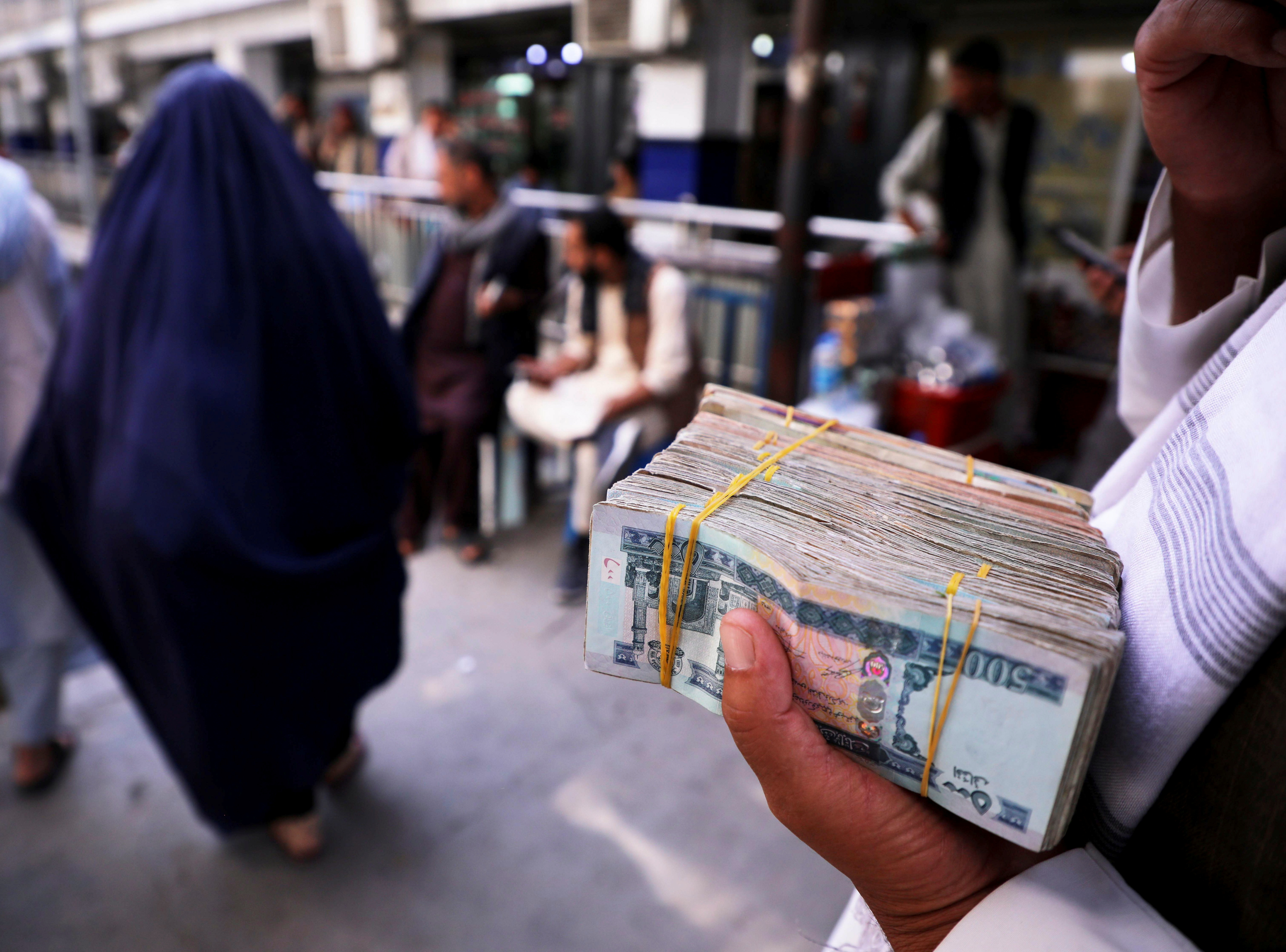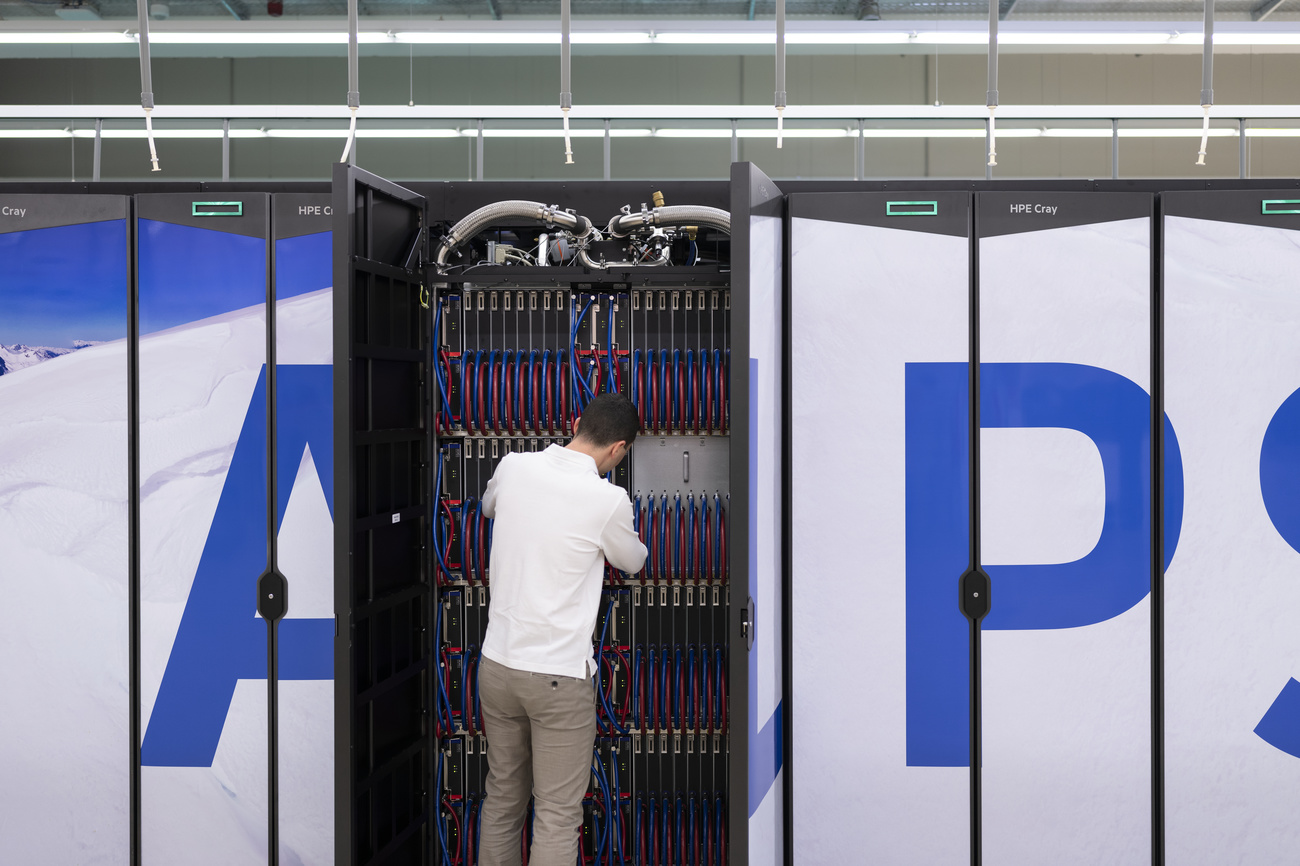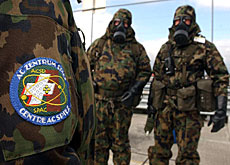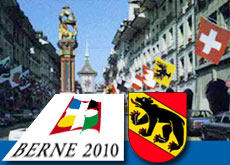Olympic flame lights up Switzerland

The Olympic flame has returned to Switzerland for the first time since 1948, as part of this year’s relay across five continents.
The flame was presented in Geneva at the European headquarters of the United Nations, before heading to the city of Lausanne, home of the International Olympic Committee (IOC).
The relay arrived in Geneva on Thursday from Amsterdam, after travelling to Australia, Asia, Africa and South and North America since leaving Athens on June 3.
Its route included visits to all the former host cities of the Summer Games, as well as other towns.
It is the first time the relay has travelled to so many countries on its way to the Olympic Games. The flame is traditionally rekindled by the sun’s rays at a ceremony in ancient Olympia in Greece before heading to its final destination.
With the modern Olympics returning to their birthplace in Athens, the organisers decided to send the flame around the world to drum up interest before bringing it back home in July.
More than 3,600 torchbearers took part in the international section of the relay, many of them athletes or local celebrities, but also volunteers who were selected by the organisers.
Hard work
In Switzerland the runners included the 1992 Olympic tennis champion, Marc Rosset, and the former world-class swimmer, Dano Halsall, as well as the round-the-world balloon pilot, Bertrand Piccard.
The flame stopped off in Geneva on Thursday morning, before travelling to Lausanne in the afternoon.
It took two years to organise the event, with around 45 people working on the project in Lausanne.
“It’s quite a big operation because the relay covers 48 kilometres, as requested by the Athens Olympic Committee,” said Ingrid Walther, general secretary of the Lausanne organisers.
Around 120 people carried the torch, each transporting it 400 metres on its way through the cities.
The cost of staging the event, which includes a party in Lausanne on Thursday evening, has not been disclosed.
“We couldn’t sell the relay to local sponsors because of restrictions,” Walther told swissinfo. “Our budget was covered by public funding and grants from different associations.”
Olympic popularity
But the Olympics haven’t always been popular in French-speaking Switzerland.
The citizens of Lausanne voted in large numbers against hosting the 1998 Winter Olympics. The organisers were hoping, though, that local residents would turn out in large numbers to cheer on the torchbearers.
“I think people have realised how lucky they are to have the IOC and so many sports federations in Lausanne,” said Walther. “We are encouraging everyone to come and watch the relay, because it is a unique moment for the city.”
The Olympic relay was held for the first time in 1936 for the Berlin Games. The flame’s journey from Greece to Germany was considered by many observers to be just another part of Nazi propaganda.
Since then, however, it has become part and parcel of the Olympic tradition.
By the time it returns to Athens, the flame will have been carried 1,500 kilometres and will have travelled another 78,000 kilometres on board a specially chartered jumbo jet.
swissinfo, Scott Capper
Relay participants: 3,600.
Distance covered by the flame; 1,500 kilometres carried by torchbearers; 78,000 on board a plane.
The flame will have visited all the former host cities of the Summer Games, as well as Beijing (2008).
The 2004 Olympic Torch Relay began on March 25, 2004.
The international portion of the flame’s journey started on June 3 and will end on July 9.
The torch relay will travel throughout Greece and around the world.
The flame will visit 34 cities in 27 countries.

In compliance with the JTI standards
More: SWI swissinfo.ch certified by the Journalism Trust Initiative











You can find an overview of ongoing debates with our journalists here . Please join us!
If you want to start a conversation about a topic raised in this article or want to report factual errors, email us at english@swissinfo.ch.